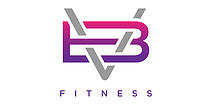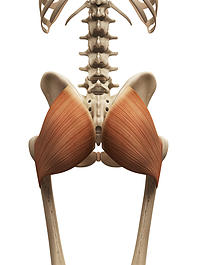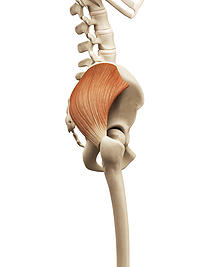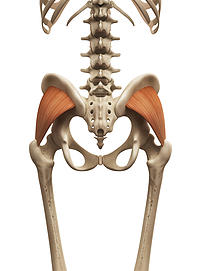I don’t think any mum has ever looked back at the first year of her child’s life and thought, “I wish I’d done more cleaning. Those dusty skirting boards still haunt me”.
What you do look back at and cherish are those moments when you are in a place of absolute peace; your baby is smiling at you as you lie next to him on the bed, reaching out for your finger, or sleeping on your chest, completely content in the safest place they know. Or when you were just gazing at him in wonder, still amazed that you could produce something so perfect.

And he needs you.
He needs you at your best. You may not feel your best; you’re sleep deprived and hormonal. But you are everything that baby needs, you are perfect for him. He doesn’t care about what your tummy looks like.
What does matter is that you don’t feel exhausted from a too-long workout.
That your energy doesn’t suffer any more than necessary because you’re restricting your calories. That instead of looking in the mirror and finding faults with yourself, you can recognise that your body has just grown another human being and deserves to be treated with love and care so that it recovers as effectively as possible.
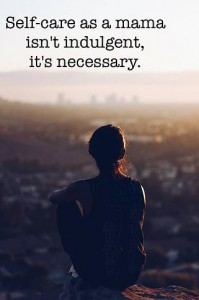
Note that I said effectively, not quickly. For some women it may be quick: maybe they’ve followed an ante natal conditioning programme, maybe they’ve just got good genes. They don’t matter: you matter.
Your stomach muscles have stretched and most likely pulled apart. They have to repair and restore function before you can start building strength. If you do too much too quickly, you run the risk of making it worse and pushing outward on the abdominal wall.
And what about your pelvic floor muscles? 50% of women who have had children have some degree of pelvic organ prolapse (Hagen & Stark 2011). Rushing back into impact exercise, or even doing exercises that increase the pressure in your abdomen (crunches for example) put pressure on your pelvic floor muscles. Trust me, prevention is better than cure, and you want to look after your pelvic floor.
Of course, there’s a reason so many mums overdo it.
They want to ‘get their body back’, lose the extra weight and tone their tummy. And that’s understandable. But the great thing is, the sensible gentle approach is also the most effective- if you rush and don’t allow your core to repair, you’ll be left with a poochy tummy. And the exercises that are best at aiding this repair are gentle and can be done in as little as 10 minutes a day.
Make sure your exercise is a form of self-care, not a punishment.
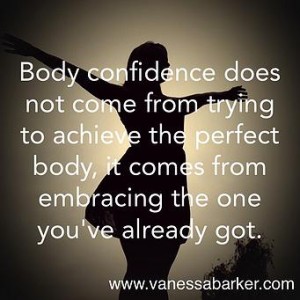
Just because you’re working to lose weight or your tummy does NOT mean you can’t embrace your body now. It has achieved something amazing, and deserves to be cared for, not forced through grueling unsuitable workouts (like a friend of mine did after her first, which she describes here), despite the fact you feel exhausted already. You are not being lazy- you’re sleep deprived!
Remember, your recovery is a process that takes months, not just the weeks leading up to your 6 week check. 100% you should exercise: regular movement is so important and will aid your recovery. But that exercise needs to be safe and effective, post-natal specific, and it doesn’t need to be anywhere near as much as some mums do. You should leave a workout feeling better than when you started it.
So enjoy your baby, and be kind to your body. There’s plenty of time for tougher workouts when you’re fully recovered and getting a good night’s sleep.
I’m going to leave you with a poem by Ruth Hulbert Hamilton that I’m sure you’ve read before, but if this doesn’t remind you to slow down and relax at this precious time, then I’ve got no chance!
BABIES DON’T KEEP
Mother, O Mother, come shake out your cloth,
Empty the dustpan, poison the moth,
Hang out the washing, make up the bed,
Sew on a button and butter the bread.
Where is the mother whose house is so shocking?
She’s up in the nursery, blissfully rocking.
Oh, I’ve grown as shiftless as Little Boy Blue,
Lullabye, rockabye, lullabye loo.
Dishes are waiting and bills are past due,
Pat-a-cake, darling, and peek, peekaboo.
The shopping’s not done and there’s nothing for stew
And out in the yard there’s a hullabaloo.
But I’m playing Kanga and this is my Roo,
Look! Aren’t his eyes the most wonderful hue?
Lullabye, rockaby lullabye loo.
The cleaning and scrubbing can wait till tomorrow
But children grow up as I’ve learned to my sorrow.
So quiet down cobwebs; Dust go to sleep!
I’m rocking my baby and babies don’t keep.
For information on post natal classes designed with all this in mind learn about my Restore My Core course here.
To find out about personal training, and get a personalised programme to follow at home along with advice on nutrition to aid recovery, click here.

